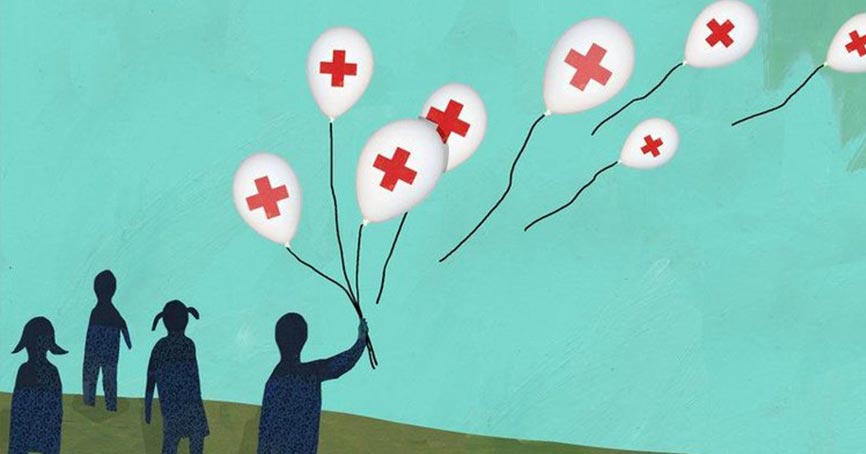The pancreas functions to release enzymes that aid digestion and hormones to help manage blood sugar. Pancreatic cancer starts from the tissues in the pancreas- an abdominal organ that lies behind the lower part of the stomach horizontally. It spreads really quickly to the organs alongside and is detected in early stages quite rarely.
People with a family history of pancreatic cysts or have pancreatic cancer must be careful about the disease.
Pro Tip: Diabetes is a massive indicator of cancer, especially when accompanied by jaundice, weight loss, or severe pain in the upper abdomen that spreads to the back.
Causes/ Risk Factors of Pancreatic Cancer
It is unclear as to what causes pancreatic cancer, and most people with the disease do not consider the risk factors.
One of the most significant risk factors of pancreatic cancer is increasing age, those aged over 60 years are at a higher risk. In very rare cases, there may be familial or hereditary genetic syndromes that arise from genetic mutations.
Moreover, there are also certain behaviours in conditions that increase an individual’s risk of developing pancreatic cancer.
Other conditions and behaviours that may increase the risk and cause pancreatic cancer are-
- Tobacco use
- Obesity
- Sedentary lifestyle
- History if diabetes
- Chronic pancreatic inflammation
- Fatty diet
- Before stomach surgery
Besides the above, there are also certain drugs that lead to the development of pancreatic cancer like sitagliptin, metformin, etc.
There may also be certain types of pancreatic cysts that may increase the risk of developing pancreatic cancer.
Symptoms
Pancreatic cancer does not show any signs or symptoms until the disease reaches its progressive stages.
Some of the common signs and symptoms to identify pancreatic cancer are-
- Pain in upper abdomen advancing to the back
- Loss of appetite
- Unintended Weight loss
- Blood clots
- Fatigue
- Jaundice (affecting the skin and whites of the eyes)
- Depression
- Diabetes
Stages
Once the doctor has made a diagnosis of pancreatic cancer, the stages of cancer depend on the basis of its progression. Pancreatic cancer is divided into four stages, where stage 1 is the earliest and stage 4 is the most advanced.
The National Cancer Institute has well-defined parameters for pancreatic cancer.
Stage 0 (carcinoma in situ)-
In this stage, cancer only seen in the lining of the pancreatic ducts.
Stage 1-
In this stage, cancer is only a part of the pancreas.
- 1A Stage: The tumour is 2 cm or smaller.
- 1B Stage: The tumour is larger than 2 cm
Stage II-
In this stage, there is a possibility of cancer spreading or advancing near the pancreas.
- IIA Stage: The tumour has gone over to nearby tissue
- IIB Stage: The tumour has gone over to the nearby lymph nodes and may have also spread to other adjacent tissues and organs.
Stage III:
In this stage, cancer has spread to the major blood vessels near the pancreas and may have gone to the nearby lymph nodes as well.
Stage IV:
In this stage, cancer can be of any unimaginable size and has also spread to distant organs like the liver, lung or peritoneal cavity. It may also spread to the organs and pancreas or the lymph nodes. This stage can also be termed as end-stage cancer.
Unlike other cancers, patients with pancreatic cancer are divided into three categories.
- Those with local disease
- Those with the locally advanced disease, unresectable disease
- Or those with metastatic disease
The initial therapy is usually different for patients of all the three groups.
Patients in stage I and II cancers have cancers that can be completely removed with an operation. On the other hand, patients with stage III tumours have lost the opportunity for the cure, but other local treatments like radiation can be considered.
Patients with stage IV cancer have chemotherapy as an option for controlling any symptoms relating to cancer and extending life.

 May 30, 2019
May 30, 2019
 May 30, 2018
May 30, 2018 May 10, 2018
May 10, 2018 May 17, 2018
May 17, 2018